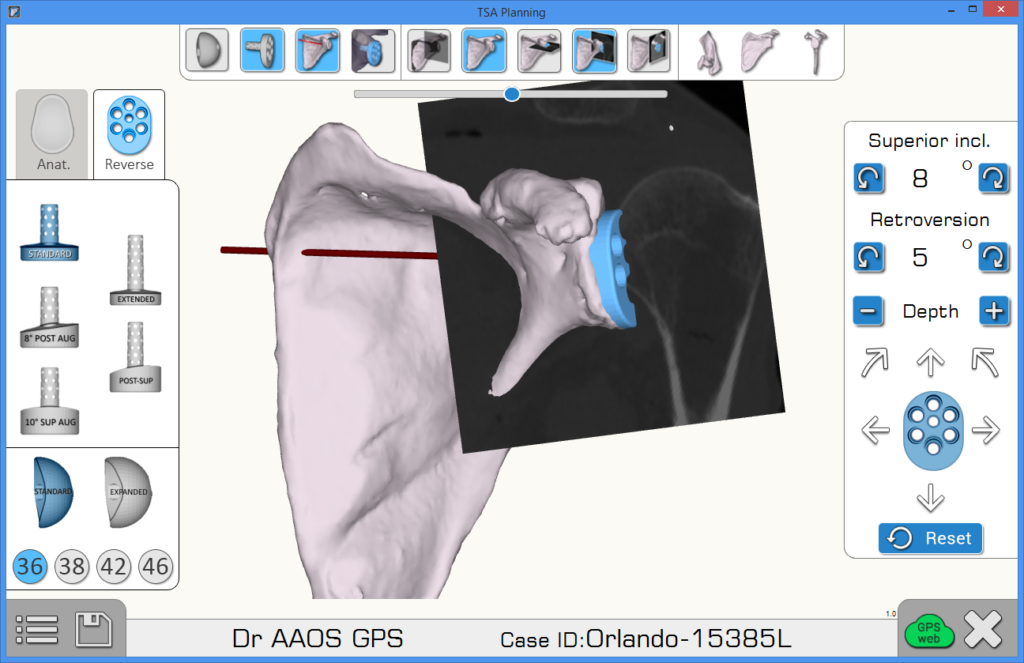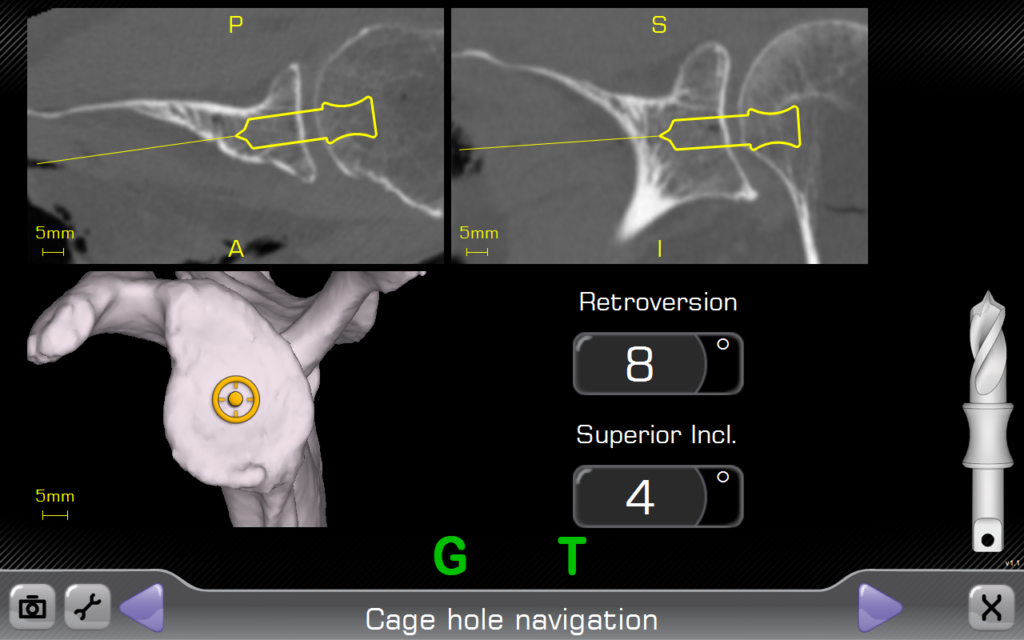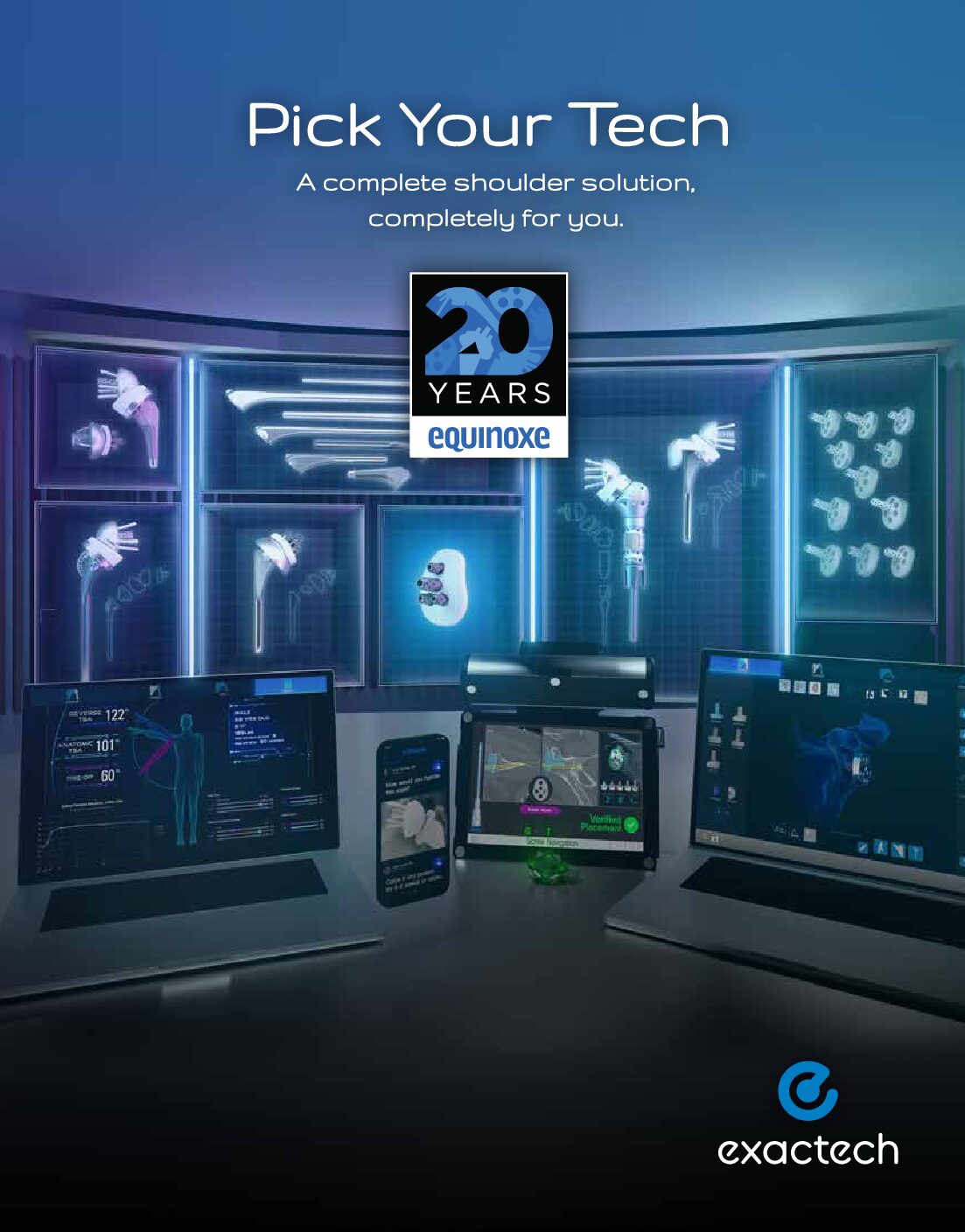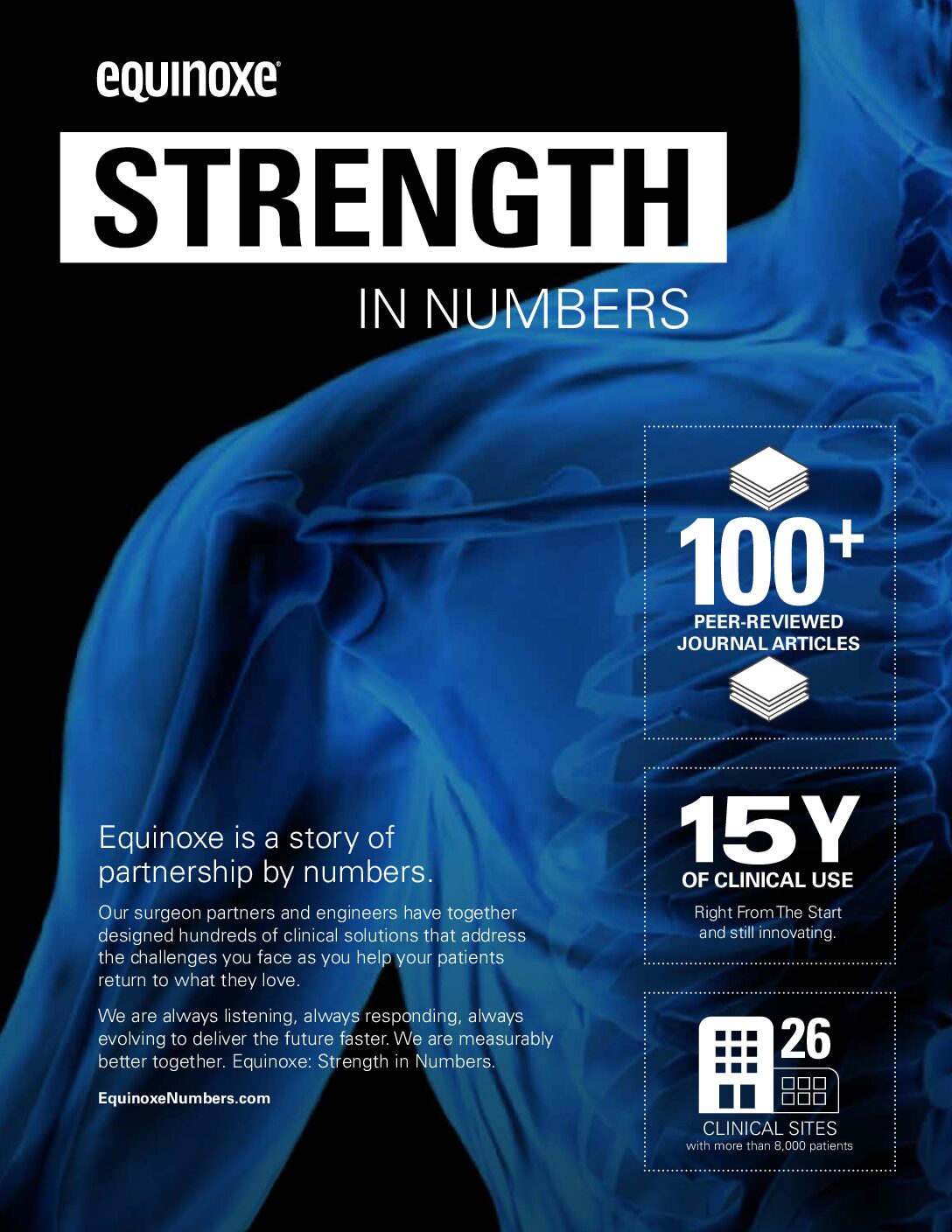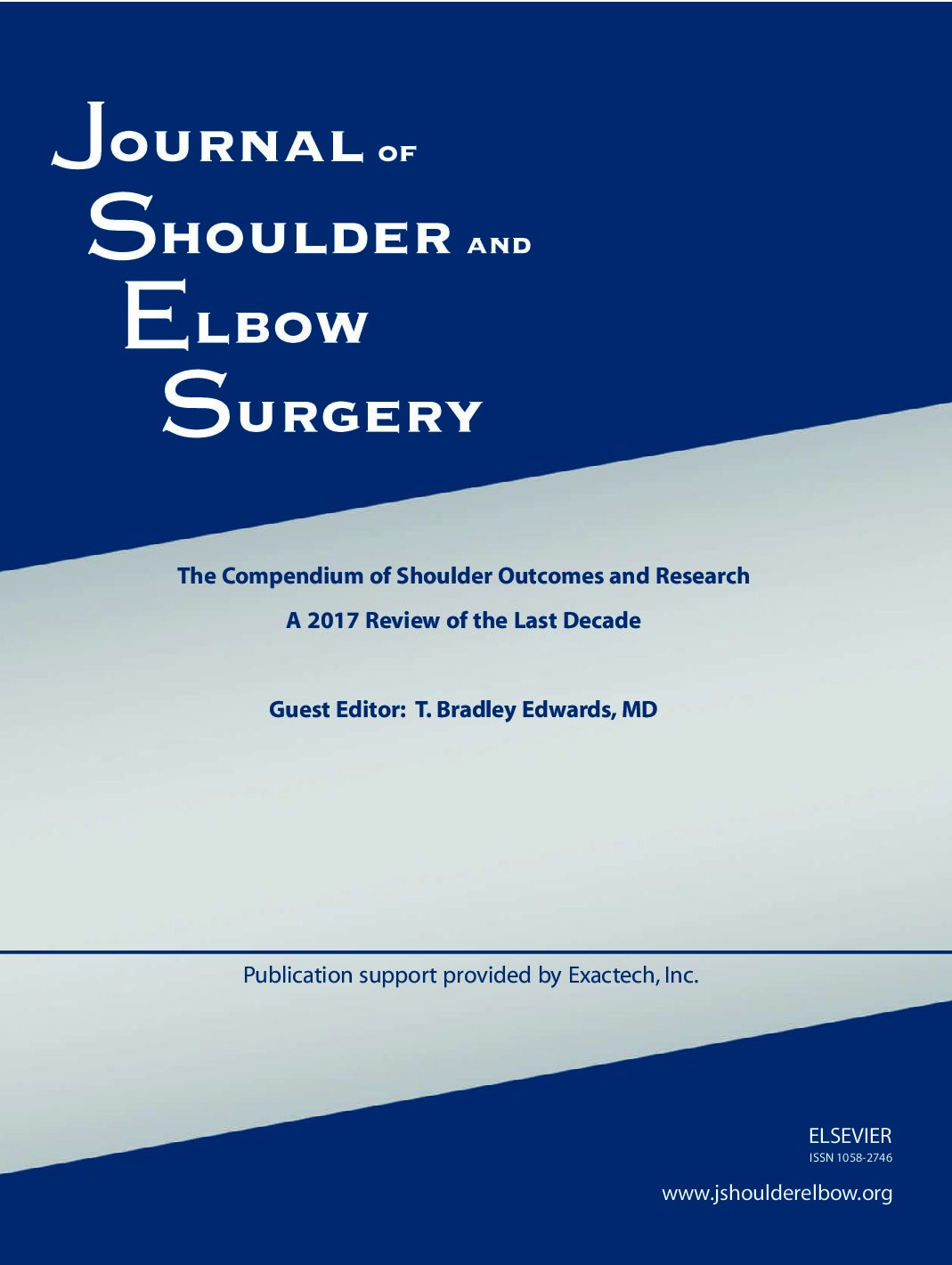

surgeons guided within 2mm of implant placement and 2° of version/inclination compared to their plan1
orthopaedic company to globally launch navigation for shoulder
Equinoxe shoulders navigated using ExactechGPS®
PEER-REVIEWED JOURNAL ARTICLES
PEER-REVIEWED JOURNAL ARTICLES

CLINICAL SITES
MORE THAN
PATIENTS
78%
Platform Stem6
aTSA wedge augment preserves8
89%
more bone than a standard glenoid
51%
more bone than a step design
Reverse
0.5%
instability5
@4Y
4X
reduction in a TSA glenoid radiolucent lines
(cage vs. all-poly)9
3X
IMPROVEMENT
in external rotation post-op7
SOLUTIONS FOR 100%
of shoulder arthroplasty procedures, from straightforward to challenging
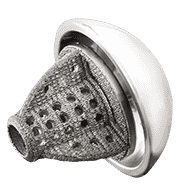
COMPOUND ANNUAL
GROWTH RATE
MAJOR
product launches per year

ST
TO MARKET
with biomechanically designed humeral reconstruction system
15+Y
OF CLINICAL USE
Right From The Start
and still innovating

FIRST TO MARKET
with biomechanically designed humeral reconstruction system
OF CLINICAL USE
Right From The Start
and still innovating
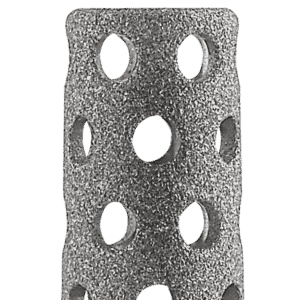

FIRST
to offer reverse augments

FIRST
to offer reverse augments for glenoid correction
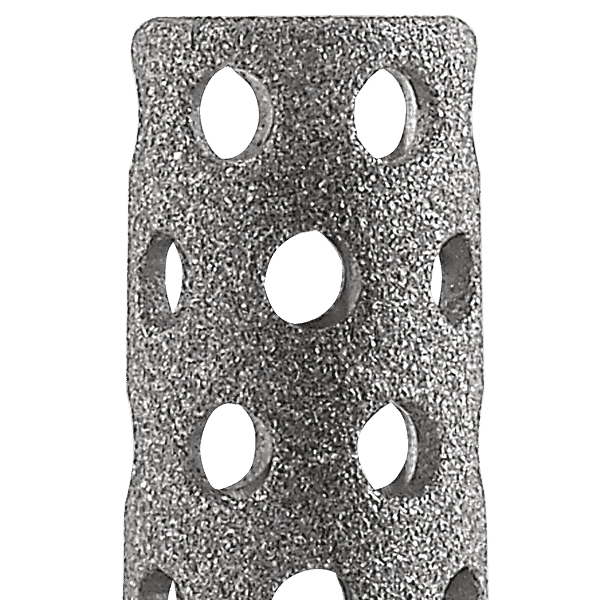
Looking for more information or to have a Product Manager or Sales Representative contact you?
Resources
- Greene, A. et al. Navigated vs. non-navigated results of a CT based computer assisted shoulder arthroplasty system in 30 cadavers. Presented at ISTA 2018.*
- Simovitch, R. et al. Effect of tuberosity healing on clinical outcomes in elderly patients treated with a reverse shoulder arthroplasty for 3- and 4-part proximal humerus fractures. J Orthop Trauma 33(2), e39-e45. 2019.
- Mollon, B. et al. Impact of scapular notching on clinical outcomes after reverse total shoulder arthroplasty: an analysis of 476 shoulders. J Shoulder Elbow Surg. 26(7), 1253–1261. 2017.
- King, J. et al. How common are acromial and scapular spine fractures after reverse shoulder arthroplasty? Bone Joint J 2019;101-B:627–634.
- Friedman, RJ. et al. Comparison of reverse total shoulder arthroplasty outcomes with and without subscapularis repair. J Shoulder Elbow Surg. Apr;26(4):662-668. 2017.
- Crosby, L. et al. Conversion to reverse total shoulder arthroplasty with and without humeral stem retention: the role of a convertible platform stem. J Bone Joint Surg Am. 2017 May 3;99(9):736-742.
- Friedman RJ. et al. Comparison of reverse total shoulder arthroplasty outcomes with and without subscapularis repair. J Shoulder Elbow Surg. 2017 Apr;26(4):662-668.
- Kersten, AD. et al. Posterior augmented glenoid designs preserve more bone in biconcave glenoids. J Shoulder Elbow Surg. 2015 Jul;24(7):1135-41. AND Roche, C. et al. Biomechanical impact of posterior glenoid wear on anatomic total shoulder arthroplasty. Bulletin for the Hospital for Joint Diseases. 71(2):S5-11. 2013.
- Friedman, RJ. et al. Clinical and radiographic comparison of a hybrid cage glenoid to a cemented polyethylene glenoid in anatomic total shoulder arthroplasty. Article in press. J Shoulder Elbow Surg (2019) -, 1-9.
- Stroud, N. et al. Initial glenoid fixation using two different reverse shoulder designs with an equivalent center of rotation in a low-density and high-density bone substitute. J Shoulder Elbow Surg (2013) 22, 1573-1579. AND Stroud, N. et al. Reverse shoulder glenoid loosening: an evaluation of the initial fixation associated with six different reverse shoulder designs. Bulletin of the Hospital for Joint Diseases 2013;71(Suppl 2):S12-7.*
- Simovitch, R. et al. Quantifying success after total shoulder arthroplasty: the minimal clinically important difference. J Shoulder Elbow Surg (2018) 27, 298–305.
- Nashikkar P., et al. Role of intraoperative navigation in the fixation of the glenoid component in reverse total shoulder arthroplasty: a clinical case-control study. J Shoulder Elbow Surg. 2019 Sept.;28(9):1685-1691.
- Nashikkar P., et al. Computer navigation re-creates planned glenoid placement and reduces correction variability in total shoulder arthroplasty: an in vivo case-control study. J Shoulder Elbow Surg. 2019 July 25. Article in press.
- Roche C., et al. Impact of screw length and screw quantity on rTSA glenoid fixation for two different sizes of glenoid baseplates. JSES Open Access (JSESOA-D-19-00048R1).*
- Greene A., et al. Clinical Use of a Computer Assisted Anatomic Total Shoulder Arthroplasty System: An Analysis of 574 Cases. Presented at CAOS 2019.
- Greene A., et al. Clinical Use of a Computer Assisted Reverse Total Shoulder Arthroplasty System: An Analysis of 1702 Cases. Presented at CAOS 2019.
*In vitro (bench) test results may not necessarily be indicative of clinical performance.
References for JSES April 2020 ads:
- Greene A. et al. Navigated vs. non-navigated results of a CT based computer assisted shoulder arthroplasty system in 30 cadavers. Presented at ISTA 2018.*
- Nashikkar P., et al. Role of intraoperative navigation in the fixation of the glenoid component in reverse total shoulder arthroplasty: a clinical case-control study. J Shoulder Elbow Surg. 2019 Sept.;28(9):1685-1691.
- Nashikkar P., et al. Computer navigation re-creates planned glenoid placement and reduces correction variability in total shoulder arthroplasty: an in vivo case-control study. J Shoulder Elbow Surg. 2019 July 25. Article in press.
- Roche C., et al. Impact of screw length and screw quantity on rTSA glenoid fixation for two different sizes of glenoid baseplates. JSES Open Access (JSESOA-D-19-00048R1).*
- Greene A., et al. Clinical Use of a Computer Assisted Anatomic Total Shoulder Arthroplasty System: An Analysis of 574 Cases. Presented at CAOS 2019.
- Greene A., et al. Clinical Use of a Computer Assisted Reverse Total Shoulder Arthroplasty System: An Analysis of 1702 Cases. Presented at CAOS 2019.
*In vitro (bench) test results may not necessarily be indicative of clinical performance.

